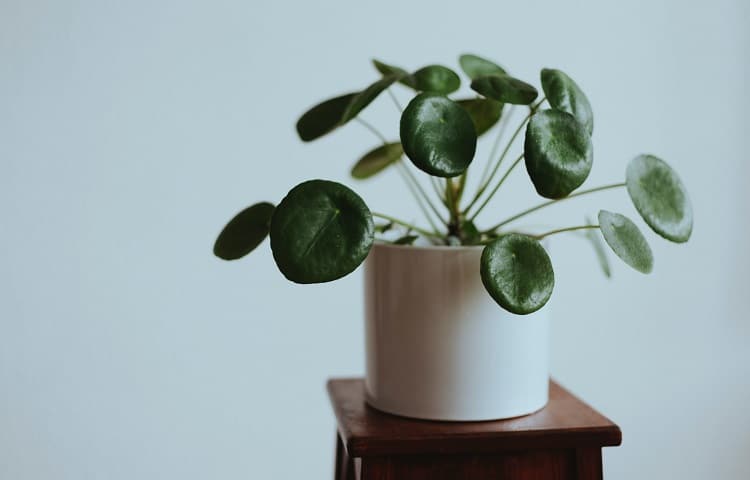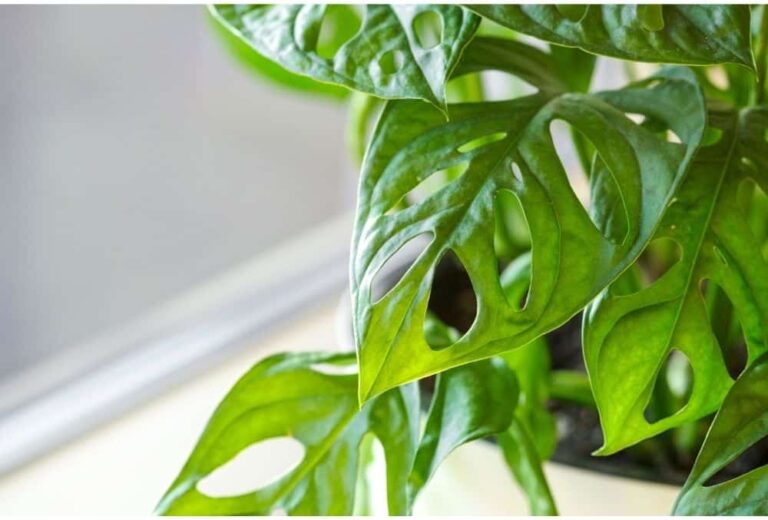Find the Best Climbing Plants For Your Home
Our recommendations for the best climbing plants are Blue Moon Wisteria and Sweet Pea Vine. We wanted to choose plants that could deliver beauty and versatility. Unlike a lot of other, climbing plants are more than just a pretty flower. They can serve a function. Both perennial and annual plants can do the job. For the most viable candidates for climbing plants, check out our picks below.
Our Top Picks for the Best Climbing Plants
[wptb id="8307" not found ]A Plant with a Purpose
You can think of climbing plants as a living wall. You can train them to grow up the side of your house, along a fence, on pergolas, or on its own trellis. These are plants are climbers on a mission. They can cover dull or unattractive spots in your yard. You can also use them as a privacy screen or focal point. Imagine a pergola covered with climbing roses or fragrant wisteria. Isn’t it romantic?
Climbing plants will add another layer to your landscape for interest. You can use them as a backdrop for existing flower beds or add color to a vegetable garden. When you have multiple layers of plants, it encourages lingering in the garden. And what could be more relaxing than watching butterflies and hummingbirds flying flower to flower? All you need is a glass of iced tea.
What You Need to Know about Climbing Plants
Climbing plants or vines need some type of support to reach their optimal height. What you use depends on how the plant climbs. Vines with tendrils make an excellent choice for trellises and arbors. Clinging plants like trumpet vine need a rough surface like brick to get a hold. Twining vines like American bittersweet will grab onto anything they can find for support.
Type of Vines
A gardener has several types of vines to choose from, each with their pros and cons. You’ll find both annual and perennial plants. Don’t let the term annual fool you. These plants cover a lot of ground in a short period of time. They make an excellent choice if you want to explore the possibilities of climbing plants without making a commitment.
There are vines that are deciduous like Boston ivy or evergreen like climbing fig. Some plants like hop vine grow incredibly fast at 20 feet or more per years. Others take their time like dropmore scarlet honeysuckle which grows a mere six feet per year. They will also vary in their sun requirements from the shade-loving Boston ivy to the sun-loving grape vine.
Lean on Me
When you think about height, don’t forget to consider the weight of the mature plant. A 30-foot grape vine will need a much sturdier support than an 8-foot sweet pea vine. When planning for your climbing plant, consider the size of the plant at maturity, especially with perennial plants like Virginia creeper. That includes the fruit of any plant too.
Likewise, consider the space the plant is going to need. Plants like trumpet vine grow rapidly and will need plenty of room right from the start. Think about other maintenance that may be necessary. You need to keep the roots of some vines like clematis cool by applying mulch or at least providing shade at its base. It’s essential to know about these special needs from the start.
You should also think about the maintenance needs for your climbing plant. Some plants will do well without any pruning. With others, you’ll need to take out the shears occasionally to keep them in place. That makes a big difference when you’re dealing with a very tall plant like the climbing hydrangea which gets up to 80 feet high.
Staying in Place
Some vines aren’t content with staying where you want them to go. While American bittersweet is fine on a trellis, it isn’t a good idea to let it climb up the sides of your trees. Its tough woody vines can strangle smaller trees and make them misshapen. Also, remember you may need two plants if you want it to bear fruit such as with grape vines. Think what double the space means.
Choosing a Climbing Plant
Because many climbing vines grow rapidly, it’s essential to ensure that it is the right fit for your space. If you’re hoping for a wisteria flowering vine filled with blooms, you’ll need to plant it in a place with full sun to partial shade in moist, well-drained soils. Consider the tolerance levels for your plants. A lot more plant is exposed to heat with a climber, so make sure you match the plant with your site.
This video from the Mississippi State University Extension talks about adding climbing plants to your garden.
Ornamental Features
Many climbing plants stand out because of their eye-catching features. The bright orange blooms of a trumpet creeper will certainly turn a few heads—and attract the occasional hummingbird or two. Many perennial vines like wisteria will bloom multiple times during a season. Others like the Boston ivy still put on a show in the fall with its orange-red leaves.
If you prefer year-round color, an evergreen vine will do the trick. Think of English ivy crawling up the side of a brick home. It’s a classic look. And while some features are desirable, others not so much. The thorns of a Cherokee rose might be a deal breaker for some. Also, consider a plant’s scent. Attracting butterflies is fine; bees might be a different story.
Our Recommendations: Blue Moon Wisteria and Sweet Pea Vine
We’ll admit that we were waxing nostalgic when it came to researching climbing plants. While there was no shortage of showstoppers, we opted for plants that create a mood. Think of lazy summer days with the air buzzing with bees and birds. That’s the feeling that our picks invoked in us. We hope you agree as you travel with us down memory lane.
The Blue Moon Wisteria is a perennial, fast-growing vine. To call it a showstopper is a bit of an understatement. It’s gorgeous. The plant will reach a mature length of 25 feet. Unlike other varieties, this one is cold hardy and can live in Zones 4 through 9. We loved the fact that it blooms multiple times a year. The vine itself is attractive, making it a year-round focal point.
The Sweet Pea Vine is as American as baseball and apple pie. It is an annual vine that will grow up to eight feet in its short run. We liked the fact that it is an heirloom variety. While the wisteria attracts attention, the sweet pea vine brings back memories of childhood and visits to Grandma’s house. Its delicate blooms add a soft touch to this classic climbing plant.
Climbing plants can add some welcome color and provide an ideal screen to cover up the not-so-pretty parts of your landscape. Both annual and perennial plants will suit the purpose just fine with flowers that will create the perfect mood for your garden. Whether you want the drama of a hyacinth bean or the nostalgia of a sweet pea, there is a climbing plant for you.



Why is Honda not even mentioned?